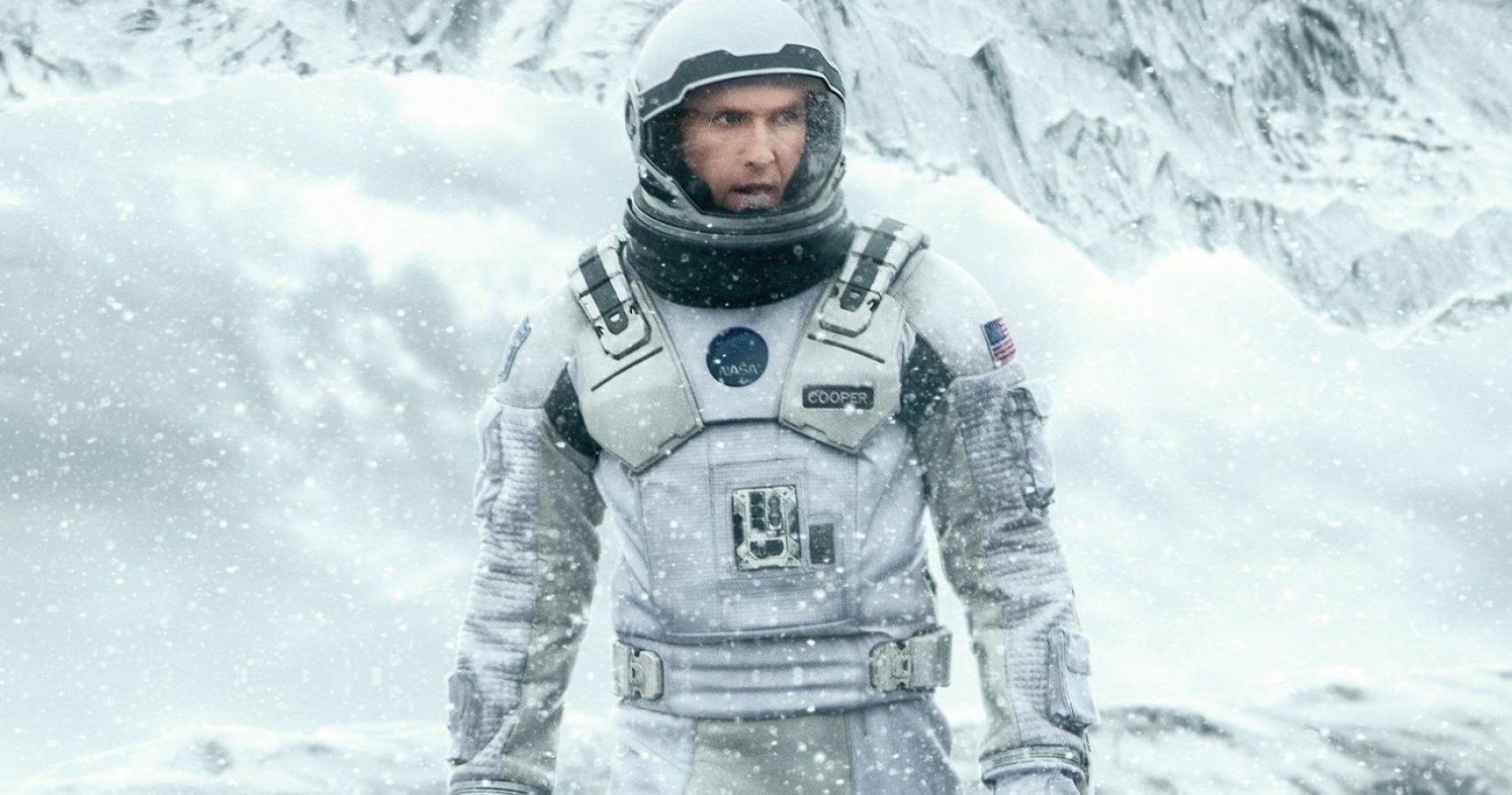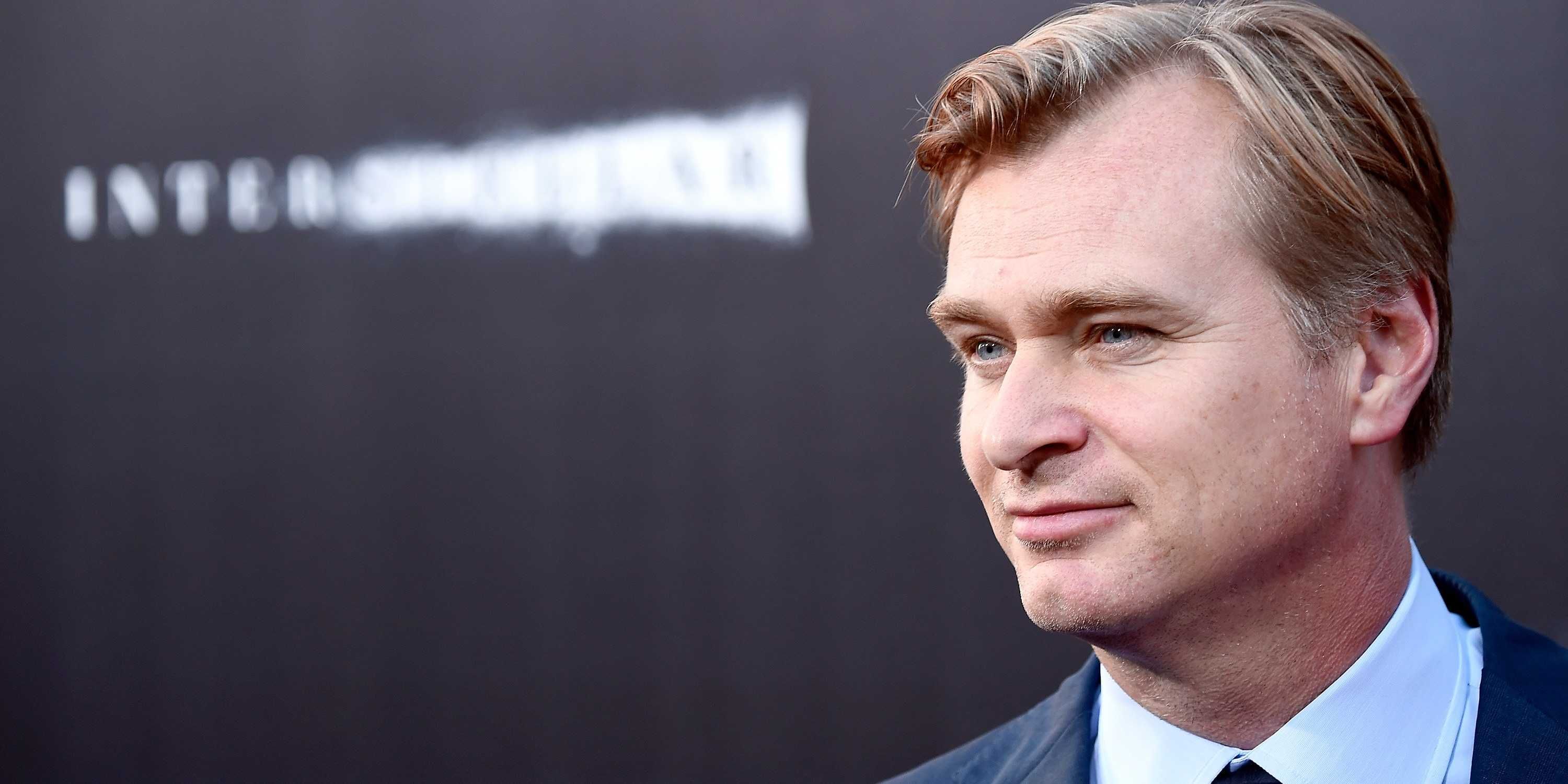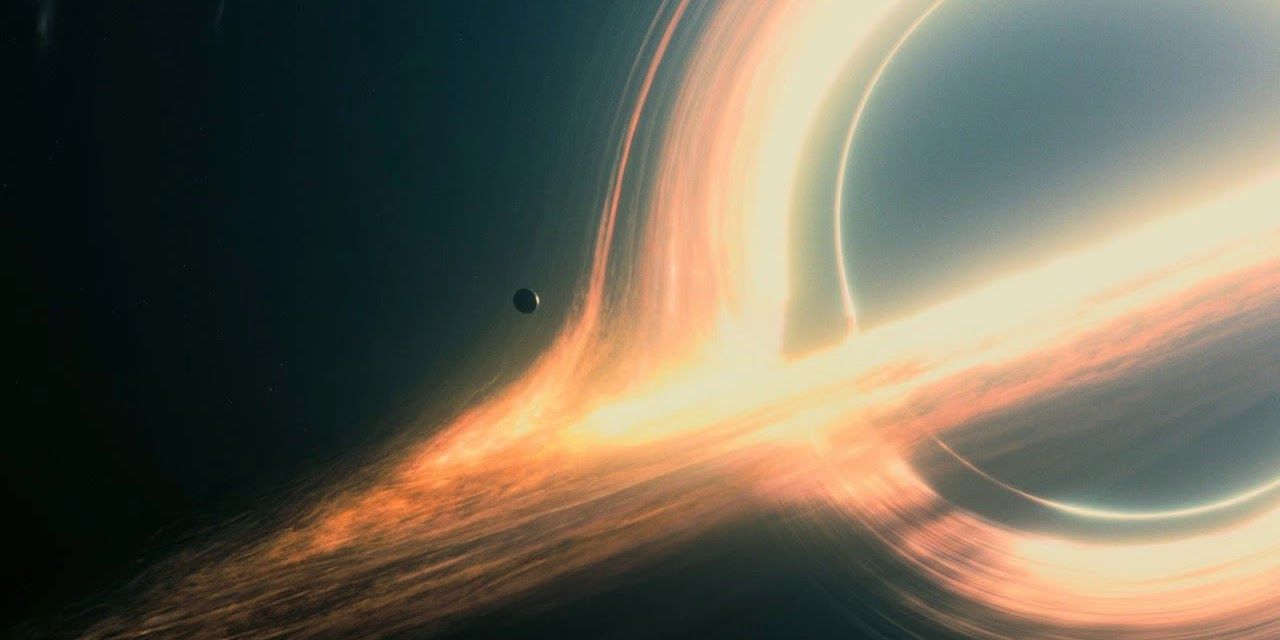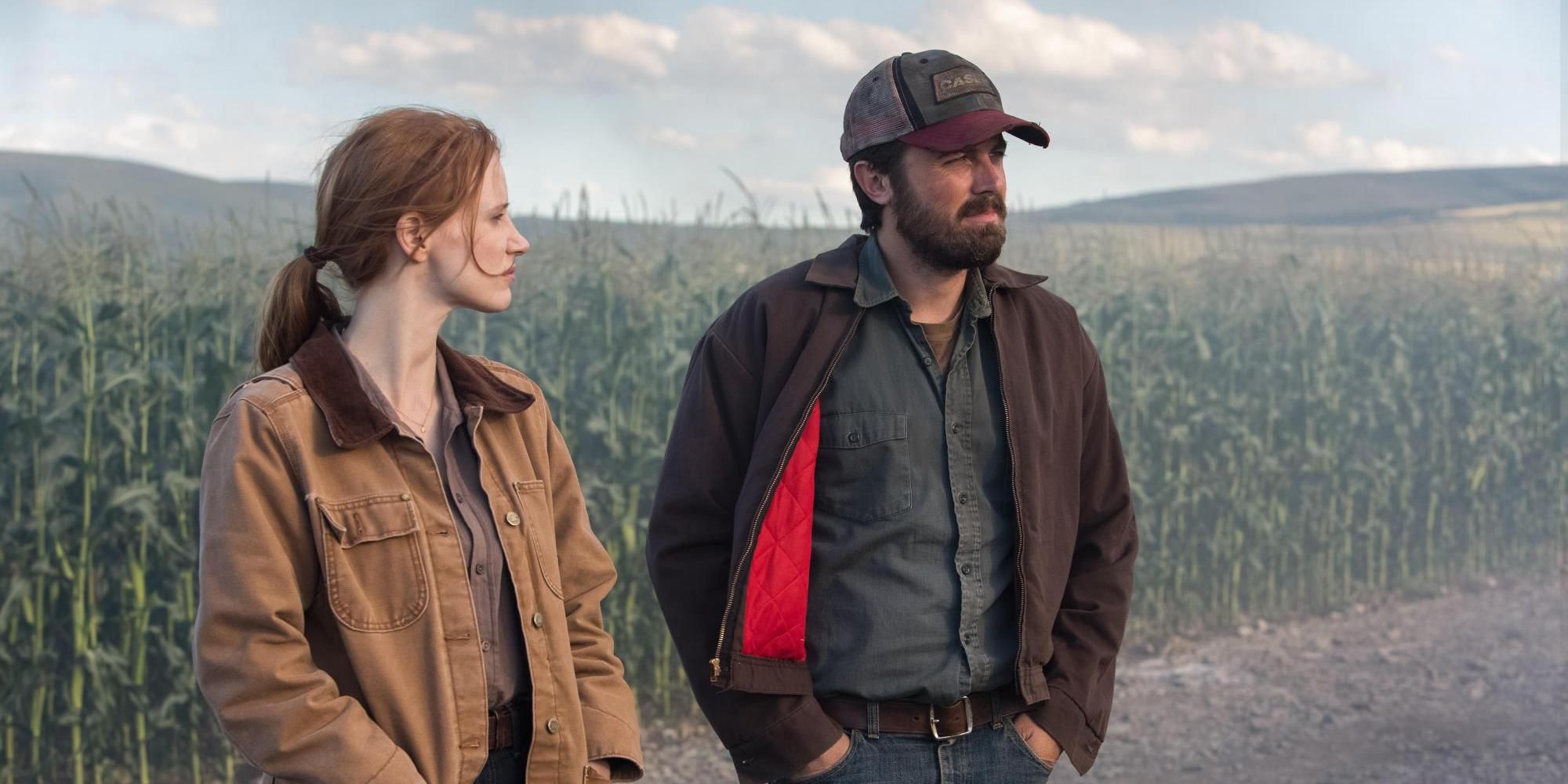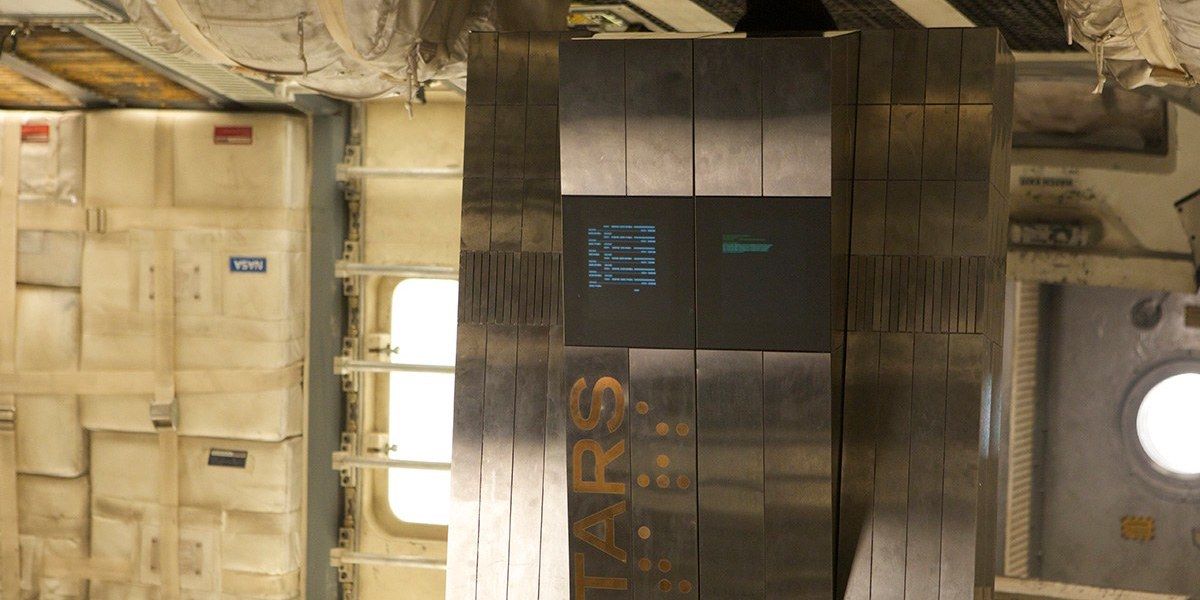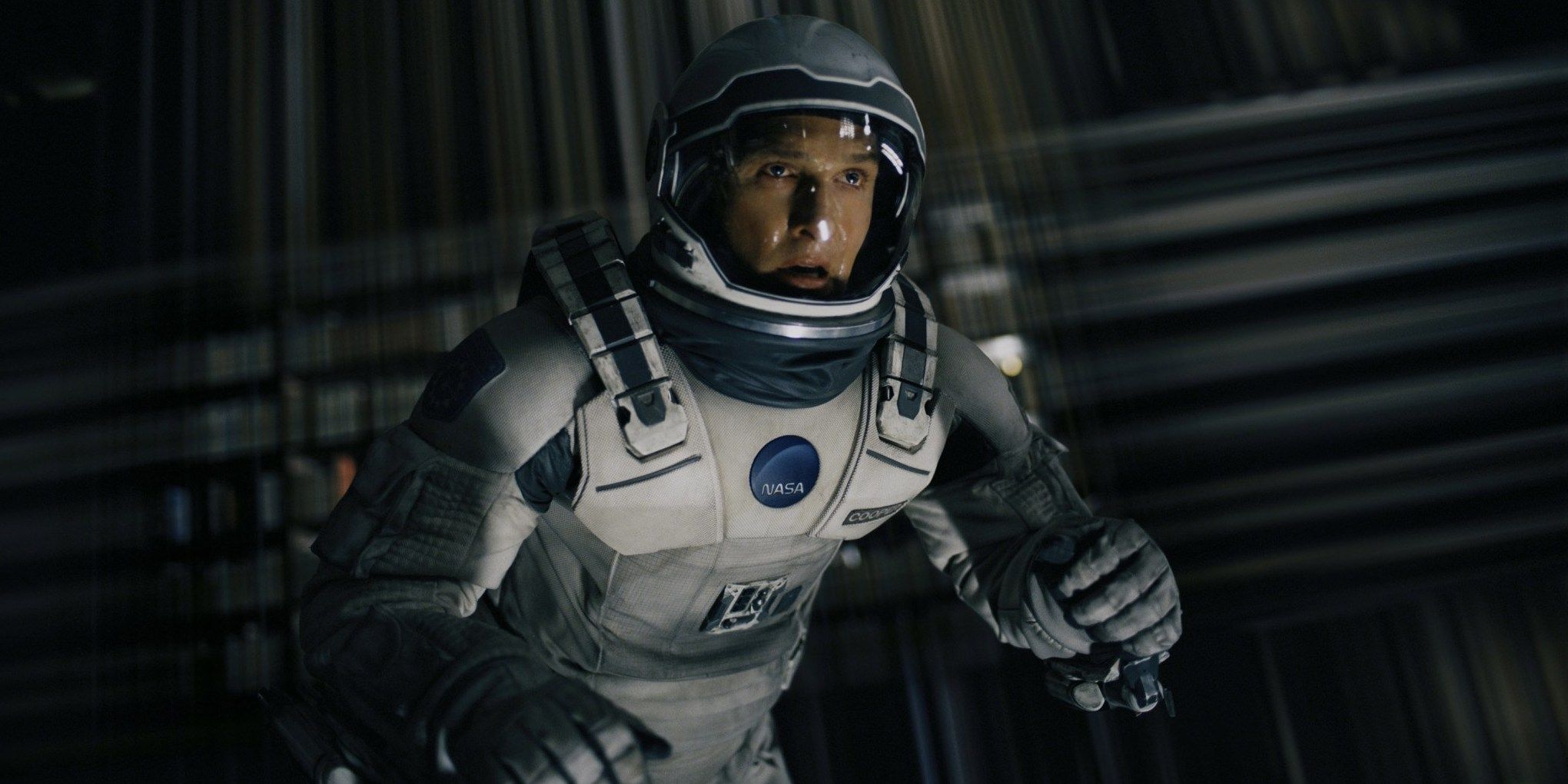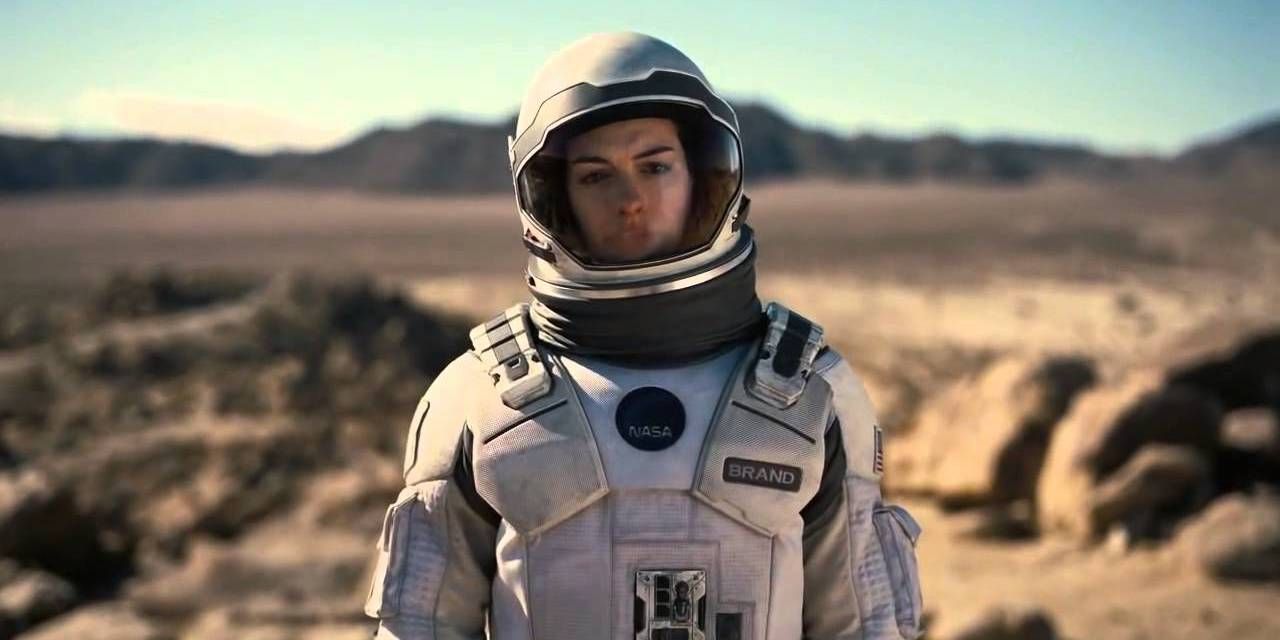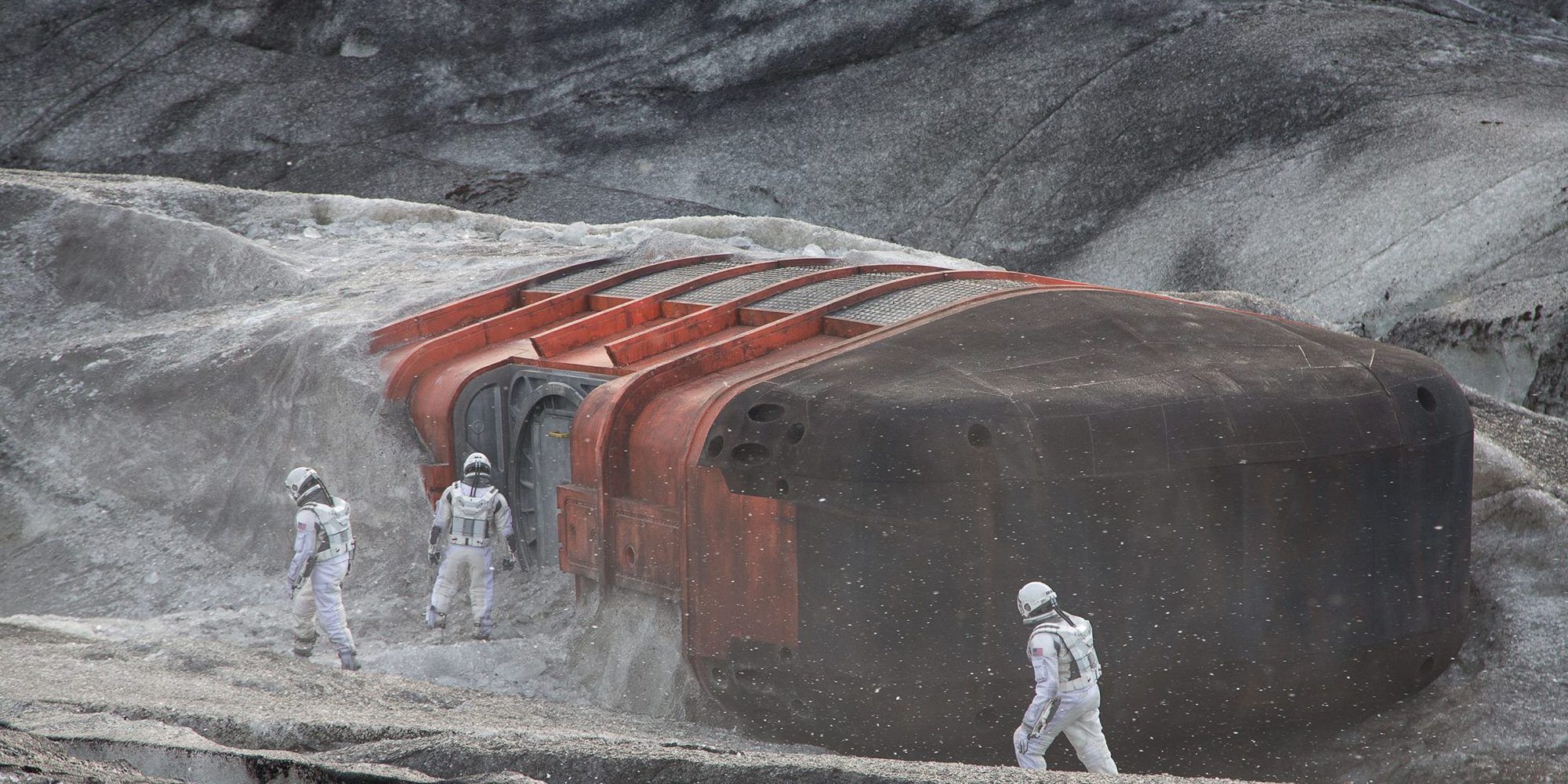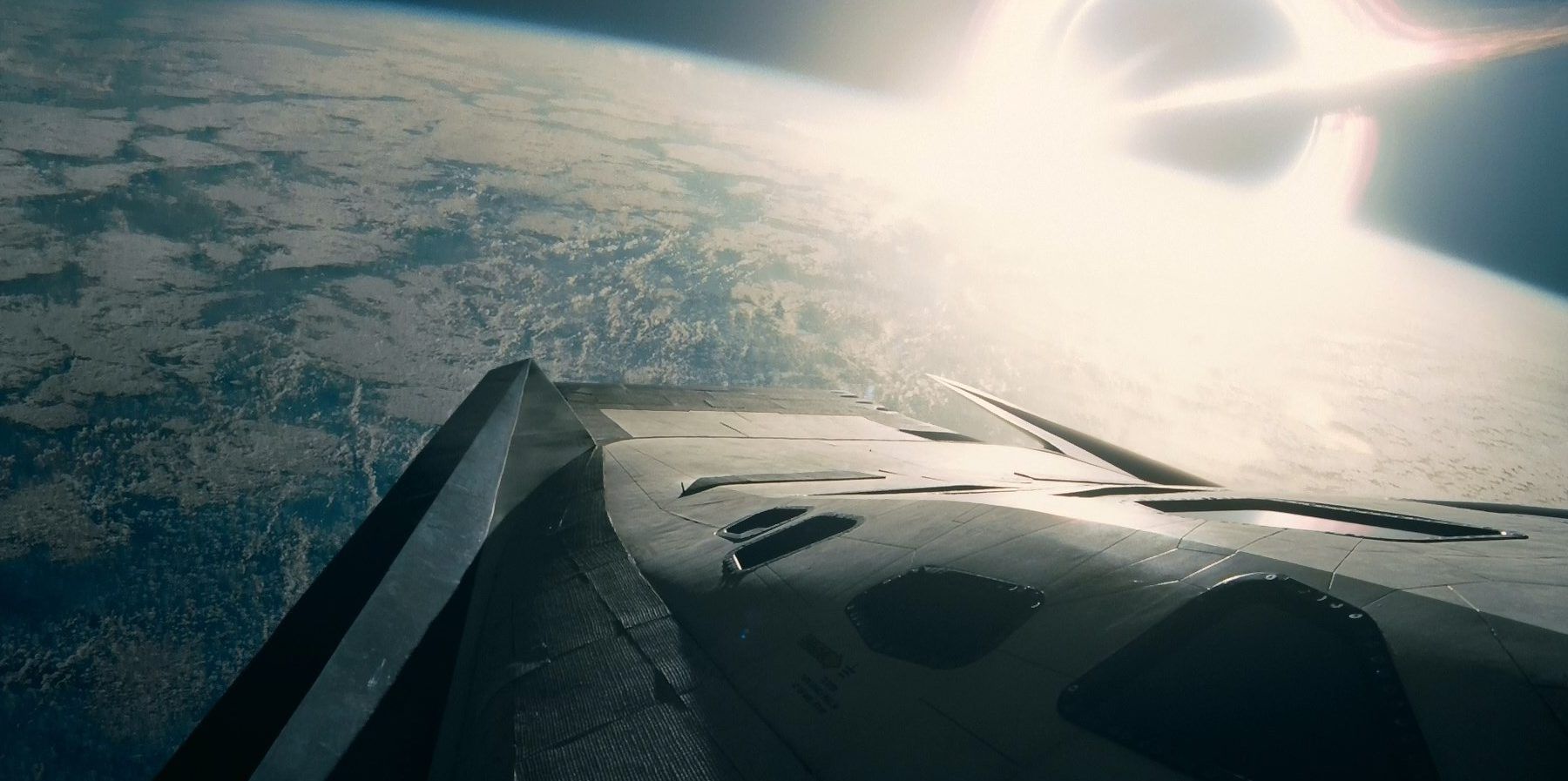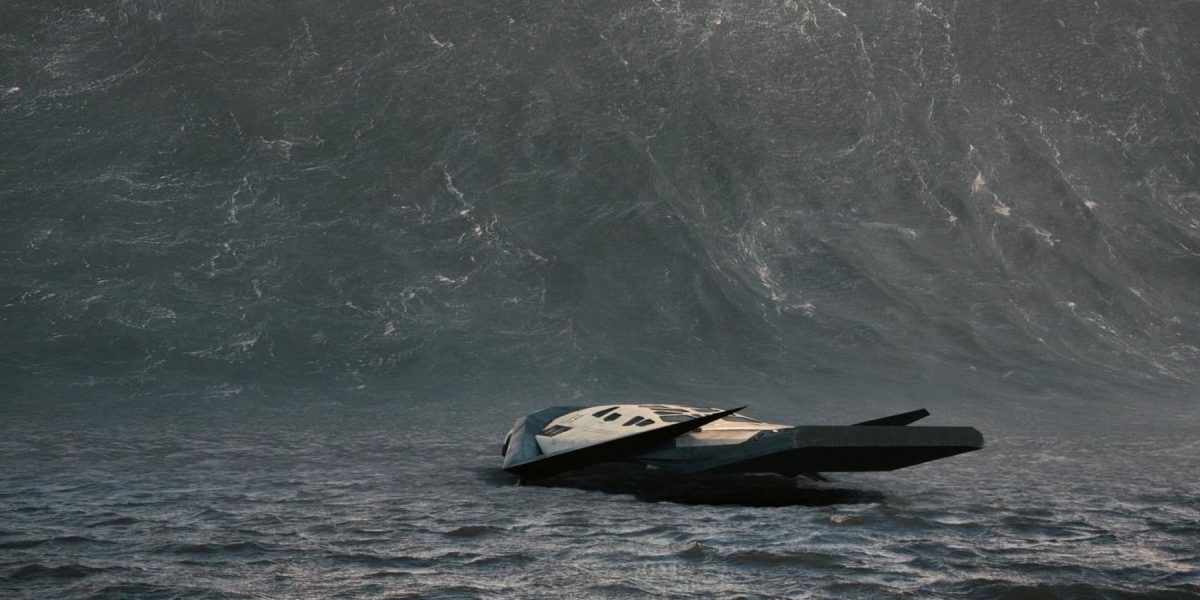With the obvious exception of The Dark Knight Trilogy, Christopher Nolan tends not to make sequel-friendly movies. But, if you were going to pick one of his other films to expand on, the one that opens itself up to further exploration the most would have to be 2014’s science-fiction blockbuster Interstellar.
The story, about a group of astronauts and physicists attempting to save humanity from a dying Earth in order populate another, travels, as the title would suggest, not only between stars but also galaxies. It leaves a lot of room for creative license down the road as well as a few open-ended questions. Here’s 10 things we’d want to see in a sequel.
Christopher Nolan returning as director
Though the origins of Interstellar didn’t begin with Christopher Nolan (it was, in fact, Nolan’s brother who was hired first on the project back when it was being made by Steven Spielberg in 2007), it’s hard to imagine the movie existing at all without him.
Christopher Nolan’s directing doesn’t tickle everyone the right way but his grandiose sense of scale made Interstellar the experience that it is. To lose the distinct qualities that make up a Christopher Nolan movie would be to lose the very soul of Interstellar. Discussing a sequel without Nolan directing feels like discussing an Indiana Jones movie without Spielberg. It’s that distinct feel of the movie that people love more than anything else.
More time manipulation
Whether it’s being used as a narrative device or explored as an abstract concept, Christopher Nolan loves messing around with time. (It was, according to original producer Lynda Obst, Nolan’s idea to add the element of time to Interstellar.) Both time and relativity play such a large part in Interstellar’s overall story that any continuation of it would seem empty without more discussion on, and hijinks with, time as it affects human beings.
One of the things that made Interstellar a guilt-free experience (which is quite rare when it comes to science-fiction movies) was the dedication to scientific accuracy. The inspiration behind, and gatekeeper of, the movie’s science was theoretical physicist Kip Thorne. He strived to create a movie based around real scientific concepts and there are many scientific theories based around time, that are known to work very well in movies (like time travel), that are just waiting to be explored.
What happened to Cooper’s son
A huge part of Interstellar’s story centers around the relationship between Matthew McConaughey’s ace pilot, Joseph Cooper, and his bright young daughter, Murphy (played by Mackenzie Foy as a young girl and then later by Jessica Chastain and, finally, Ellen Burstyn). Though strained, it inevitably reaches a satisfying emotional conclusion by the end of the film. The same cannot be said for Cooper’s relationship with his son, Tom. Unlike with Murphy, the audience never learns the ultimate fate of Tom (who takes over his father’s farm in his absence).
We see that the grind of that life wears Tom down to a bitter, violent, shell of a man; especially after the death of Tom’s young son. The last we ever see of his character is when Murphy stops him dead in his enraged tracks to tell him that she’s discovered a way to successfully move humanity off of Earth. We never learn if he leaves Earth with his family. You’d assume so, but we never see it and the film never even mentions him again. The lack of any kind of reconciliation for his character, with any of his conflicts, is a giant black hole within the story.
A continuation of Cooper and Brand’s relationship
Though it may not initially seem like it, Interstellar is, at its very core, a romantic film. Aside from those deep colors and wide open spaces of the movie’s cinematography, Interstellar originally came about as the result of a blind date. Lynda Obst and Kip Thorne met after being set up by mutual friend, and all-around science legend, Carl Sagan. From that encounter, the movie’s original treatment was born. Through its changes, Interstellar has stayed true to the roots of that meeting as well as Obst’s legacy with rom-coms and meet-cutes. (Sleepless in Seattle, One Fine Day, How To Lose a Guy in 10 Days - to name a few.)
In the extensive rewriting from the Nolans, Interstellar found the story of people struggling with loss. The film ends with Cooper saying goodbye to his daughter who is the last remnant, and potentially a constant reminder, of his deceased wife (we know Murphy doesn’t get her red hair from him). He then leaves to reunite with Anne Hathaway’s character, Amelia Brand, (who has also just suffered the loss of her romantic partner) to build a new life. Seeing how the relationship between the two of them furthers would be the clearest choice for an emotional center to any sequel.
More TARS and CASE
The product of the incredible puppeteering work of actor/comedian/actual, literal, clown Bill Irwin (who also provided the voice for TARS), the two rectangular robots stole the entire show for some viewers. Their seemingly simple design could unfurl in so many innovative ways that it was always interesting to just watch them move but it was the humanity lent to them by both Irwin and Josh Stewart (who voices CASE) that made them two of the most indispensable members of the team.
Interstellar is absolutely a science-fiction film but, interestingly, the plot is mostly driven forwards by the human characters making emotional decisions over rational, scientific, ones. TARS and CASE, though definitely not without humanity and emotion, are able to remain objective in the many crisis situations which spring up throughout the movie and their matter-of-factness not only assists with the much-needed comedy in the film but makes them kind of emotional rocks for the audience to cling on to.
How humanity evolves
By the end of Interstellar’s story, the audience has learned that the unseen five-dimensional beings, that have been guiding the characters throughout the movie, were, in fact, highly evolved humans that simply could not reconcile their evolved state into something perceptible to humans of the 21st century. To ever really see them would, therefore, be an impossibility, by the rules that the film sets up, but, presumably, humanity does not achieve that state overnight.
If further movement throughout time is part of the story then it would make a lot of sense to also witness accelerated human evolution. What would we look like journeying down the road to a five-dimensional state? What stimuli would cause human beings to evolve in this way? The prospect opens massive doors into the realm of theoretical science which could be used to excite, and entertain, in ways never seen before in a science-fiction movie. Or any movie, for that matter.
What the politics of the future are
Another aspect of the progression of humanity beyond our original galaxy is how these changes will alter humanity’s perception of itself. What will a new planet do to our ideology? What would it do to our sense of morality? If God exists, then they also made the rest of the universe but all religious history revolves around the planet Earth. Does religion still exist in this world? How about politics?
The causes of the wars which precede the beginning of the story are never explicitly delved into (though it’s implied that overpopulation was the key factor as opposed to ideological differences) but does that mean humanity’s inclination towards conflict has ceased completely? What the earlier conflicts looked like, and what the new ones will look like, would be a fascinating thing to see from Christopher Nolan after the intensity of his first war movie, Dunkirk.
More of Nathan Crowley’s magnificent production design
One of the most indispensable aspects of Interstellar was the tangible nature of its production design. Production Designer Nathan Crowley’s work with models and miniatures gave Interstellar a striking look, and overall level of quality, which made the movie an unmissable experience.
In a time where science-fiction is so often associated with post-production holograms and green screen, to see a deeply detailed analog quality to the technology throughout the film was a breath of fresh air. This, coupled with the idea to display renders of the film’s astonishing VFX onto a 300 foot long cinema screen in order to give the actors something to respond to other than a blank background, made Interstellar a more believable emotional journey.
Hoyte van Hoytema back as cinematographer
Interstellar’s 35mm anamorphic, and 70mm IMAX, photography was simply joyous to behold. The movie looks gorgeous in any format but, if you were lucky enough to see Interstellar projected on film, the experience was unforgettable. The VFX and the production design are so eye-catching that it’s easy to miss the ingenuity going on in the movie’s camera movements.
This was the first collaboration between Christopher Nolan and the Dutch-Swedish cinematographer Hoyte van Hoytema in the absence of Nolan’s usual go-to Director of Photography, Wally Pfister (who decided to start directing movies for himself), and it’s easy to see why the pair reteamed for Nolan’s next two films.
Even more IMAX
Christopher Nolan has been well-known for some time now as a filmmaker who both champions and innovates with the gargantuan IMAX format. The IMAX cameras, themselves, are notorious for being far bigger, heavier and more difficult to load than standard equipment so shooting more footage means more changes have to be made to the cameras to accommodate for them being used in ways that they never have been before.
Hoyte van Hoytema has spoken about how he collaborated with the IMAX Corporation and Panavision to alter the rig for greater ease when using it handheld. An IMAX camera was also attached to the nose of a small aircraft for aerial use, an experiment which almost certainly assisted with Nolan and van Hoytema’s next collaboration on Dunkirk. Like the space explorers of Interstellar, the more they push the boundaries of technology then the bigger the rewards will be for all of us.

